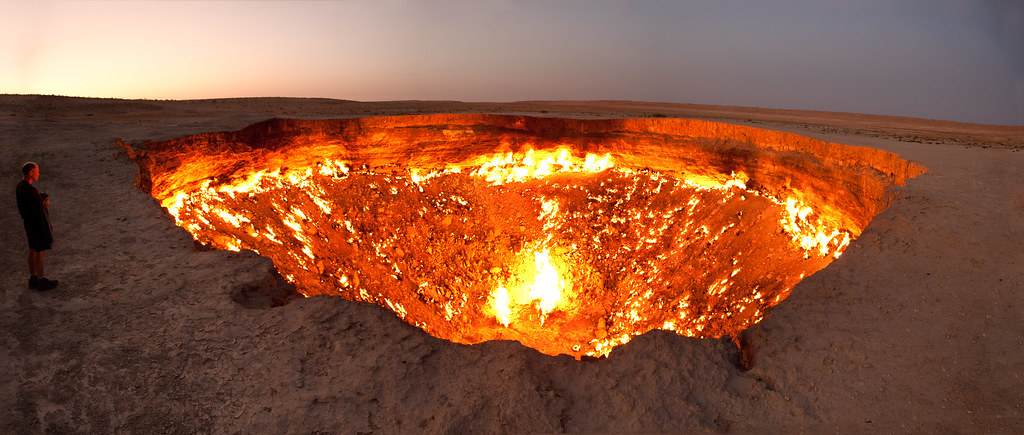-With images-
Durham University scientists have completed one of the largest quality verification programmes ever carried out on superconducting materials, helping to ensure the success of the world's biggest fusion energy experiment ITER.
Their findings, published in Superconductor Science and Technology, shed light not only on the quality of the wires themselves but also on how to best test them, providing crucial knowledge for scientists to make fusion energy a reality.
Fusion (the process that powers the Sun) has long been described as the holy grail of clean energy. It offers the promise of a virtually limitless power source with no carbon emissions and minimal radioactive waste.
ITER, now under construction in southern France, is designed to demonstrate fusion at an unprecedented scale.
When operational, its giant magnets will confine plasma at temperatures hotter than the Sun's core, and those magnets depend entirely on the performance of advanced superconducting wires.
The Durham University team, led by Professor Damian Hampshire and Dr Mark Raine, were chosen in 2011 to establish one of Europe's official reference laboratories for ITER.
Their task was to develop the specialised methods needed to test the superconducting wires made from compounds called Nb₃Sn and Nb–Ti that form the backbone of ITER's magnet system.
Each piece of wire had to meet extremely high standards to ensure the reliability of the machine.
Over the course of the project, the research team received more than 5,500 wire samples and carried out approximately 13,000 separate measurements.
Every wire had to be processed, prepared, and in the case of Nb₃Sn, heat-treated in furnaces reaching over 650°C before measurement.
What makes this work particularly significant is the statistical analysis carried out on this enormous dataset.
The Durham group showed that when the same strand cannot be measured repeatedly as is the case with Nb₃Sn wires, which are altered by heat-treatment measuring adjacent strands in different laboratories can act as a reliable substitute.
This provides a practical and cost-effective method of cross-checking results, ensuring both laboratory accuracy and manufacturing consistency.
Fusion energy could be transformative, but its success depends on getting the details right,
the researchers say.
The wires inside ITER's magnets must carry currents hundreds of times greater than in household wiring, under extreme conditions.
Professor Damian Hampshire of Durham University, who led the work said: "The UK leads the world in the manufacture of MRI body scanners using Superconducting magnets.
"The question is can we help lead the world with the commercialisation of Fusion Power generation using Superconducting magnets?"
The findings come at a time of growing momentum in fusion energy. While ITER aims for its first plasma in 2035, private companies are racing to develop commercial reactors sooner.
Microsoft has already signed a deal to buy electricity from Helion's planned fusion plant in 2028, and Google has pre-ordered 200 megawatts of fusion power from Commonwealth Fusion Systems in the 2030s.
Meanwhile, the UK government has committed £2.5 billion to fusion research and is building its own prototype plant, STEP, on a former coal site in Nottinghamshire.
When ITER begins operating, its magnets will generate some of the strongest steady magnetic fields ever created, enabling fusion reactions that could produce abundant, low-carbon energy without long-lived radioactive waste.
The success of the magnets and of ITER itself depends on the quality of the superconducting strands now verified in Durham.
It also provides an open resource that scientists everywhere can use to refine both the technology and the testing methods.
Durham's role extends beyond ITER, the University is also a lead partner in the UK's Centre for Doctoral Training in Fusion Power, helping train the next generation of scientists and engineers.






